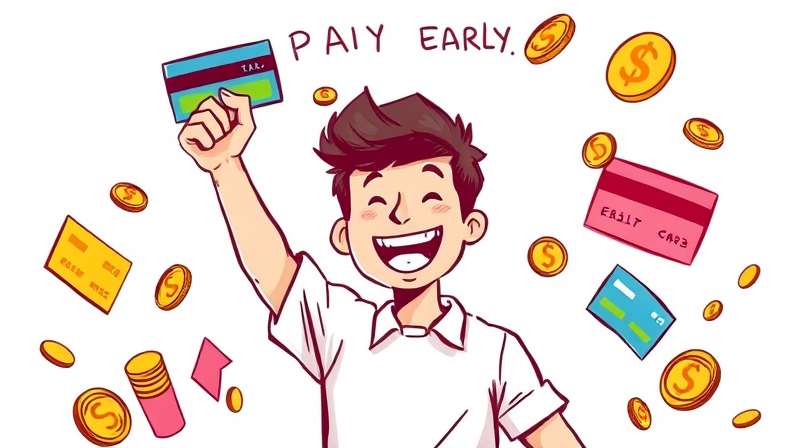
Securing a pre-approval letter can feel like a major milestone on the journey to homeownership or securing credit. Yet, many borrowers mistakenly equate pre-approval with a final, unbreakable commitment. In reality, this important document is only a conditional step toward full approval. Understanding the nuances and potential pitfalls of pre-approval can help you navigate the process with confidence and avoid unpleasant surprises.
In this article, we explore the key distinctions, requirements, and common misconceptions surrounding pre-approval. We’ll also provide practical tips to maintain eligibility until closing, ensuring that your dream purchase does not unravel at the last moment.
At the outset, it’s crucial to distinguish between pre-qualification as a preliminary estimate and the more robust pre-approval process. Pre-qualification is often based on self-reported information and a soft credit check. It gives a rough idea of how much you might be eligible to borrow but lacks verification of your actual financial standing.
Pre-approval, by contrast, involves in-depth verification of financial details such as income, assets, credit history, and existing obligations. Lenders perform a hard credit inquiry, review tax returns, bank statements, and employment records. This process yields a conditional commitment up to a specified loan amount, subject to additional criteria.
Even after this thorough vetting, pre-approval is not a guarantee of final loan disbursement. Lenders issue a conditional commitment letter that clearly outlines the remaining steps required before closing. Key contingencies often include:
Unexpected financial events—such as taking on new debt, a sudden job change, or dipping credit scores—can trigger further review. A single adverse factor may prompt lenders to rescind the offer, delaying or halting your purchase altogether.
Not all pre-approvals carry the same weight. For mortgages, lenders require tax returns, bank statements, and a rigorous underwriting process that routinely includes property-specific appraisal. Mortgage pre-approval letters typically expire in 60 to 90 days, reflecting the dynamic nature of financial health.
Auto loan pre-approval is somewhat less demanding but still grounded in hard credit pulls and income verification. Final approval hinges on vehicle appraisal and condition, as well as any title or lien checks.
Credit card pre-approval often arises from pre-screening based on credit bureau data or existing customer relationships. It signals that you meet certain baseline criteria, yet final approval can still be denied if further information reveals higher risk or updated credit issues.
Borrowers frequently entertain misconceptions that can lead to misplaced confidence. Below is a concise comparison of common myths and the corresponding facts:
Even with a pre-approval letter in hand, several triggers can lead to a final decision of denial. Borrowers should remain vigilant and avoid any action that might jeopardize their conditional approval.
By understanding these pitfalls, borrowers can proactively safeguard their approval. Communicating promptly with your lender about any changes will help mitigate surprises.
To preserve your pre-approved status through to closing, adopt these best practices:
Staying within these guidelines can significantly reduce the risk of a denial at the final stage.
A pre-approval letter is undeniably valuable: it clarifies your budget, strengthens your offer credibility, and signals preparedness to sellers. However, it remains subject to final underwriting approval and the fulfillment of specific conditions.
By distinguishing between pre-qualification and pre-approval, understanding the contingencies involved, and adhering to the recommended guidelines, borrowers can navigate the loan process with greater assurance. Remember, vigilance and clear communication with your lender are key to turning that initial pre-approval into a successful, closed loan.
References













